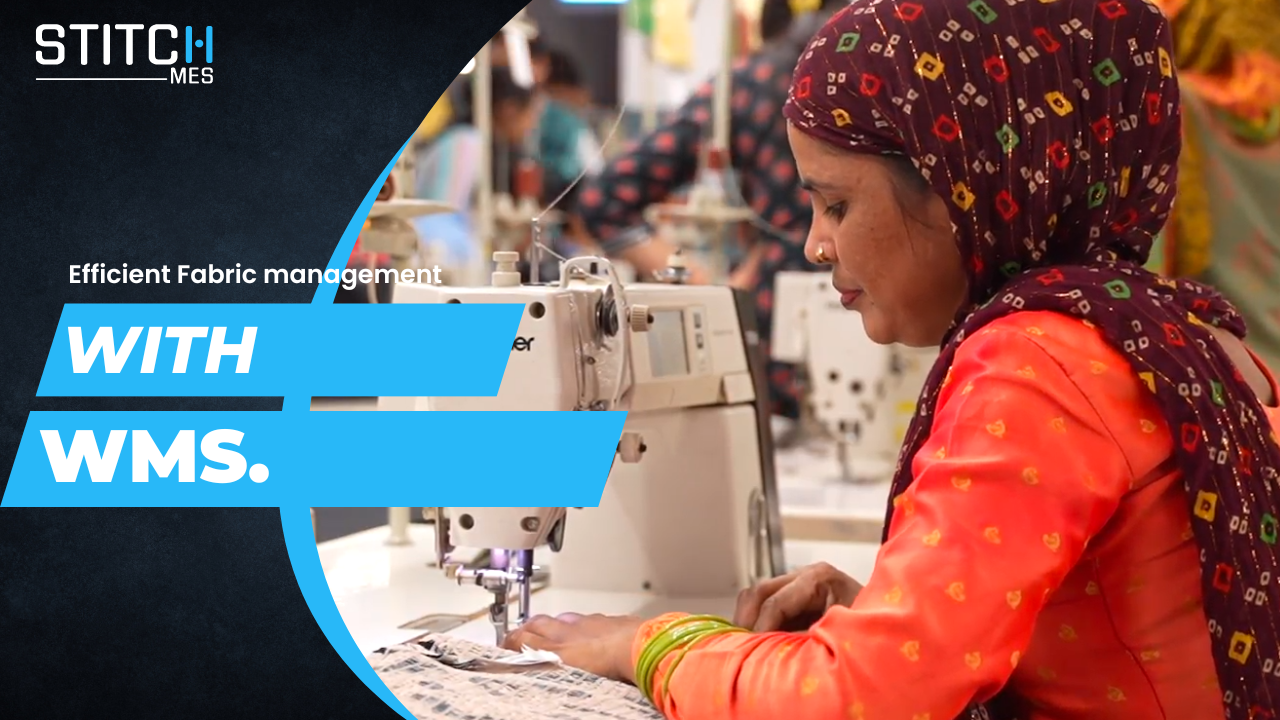The textile industry is one of the most complex due to the many products, sizes, and colors that must be managed. Managing fabrics in a warehouse can be challenging, but a Warehouse Management System (WMS) can help optimise operations and reduce costs.
A WMS is a software solution designed to manage and optimise warehouse operations. It provides inventory management, order management, receiving, shipping, and more tools. A WMS for fabric management has specific features and functionalities tailored to the needs of the textile industry.
Here are some of the features and functionalities of a WMS for fabric management:
- Fabric Tracking: A WMS for fabric management provides tools for tracking fabric rolls, including size, color, and location. This allows for real-time visibility of inventory levels and prevents stockouts.
- Inventory Management: A WMS for fabric management allows for the management of inventory levels, including reorder points, safety stock, and stock rotation. This helps ensure that inventory is optimised and reduces the risk of overstocking or stock outs.
- Order Management: A WMS for fabric management provides tools for managing orders, including picking, packing, and shipping. This includes tracking orders throughout the entire process, from receipt to shipment.
- Order Management: A WMS for fabric management provides tools for managing orders, including picking, packing, and shipping. This includes tracking orders throughout the entire process, from receipt to shipment.
- Automation: A WMS for fabric management provides tools for automating processes, such as receiving, put-away, picking, and shipping. This reduces the need for manual labor and reduces the risk of errors.
- Quality Control: A fabric management WMS provides tools for quality control processes, including inspection and testing. This helps ensure that fabrics meet quality standards and reduces the risk of defects.
- Reporting: A WMS for fabric management provides tools for generating reports, including inventory levels, order status, and productivity metrics. This allows for real-time data analysis and helps identify areas for improvement.
Here are some of the benefits of a WMS for fabric management:
- Improved Inventory Management: A WMS for fabric management provides tools for tracking and managing inventory levels, reducing the risk of stock outs or overstocking.
- Increased Efficiency: A WMS for fabric management provides tools for automating processes, reducing manual labor and improving efficiency.
- Reduced Costs: A WMS for fabric management reduces costs associated with inventory management, order management, and labor costs.
- Improved Quality Control: A WMS for fabric management provides tools for managing quality control processes, reducing the risk of defects and improving
product quality. - Real-time Visibility: A WMS for fabric management provides real-time visibility of inventory levels, order status, and productivity metrics, allowing for informed decision-making.
In conclusion, a WMS for fabric management is essential for managing and optimising warehouse operations in the textile industry. It provides specific features and functionalities tailored to the needs of the industry, such as fabric tracking, order management, and quality control. By implementing a WMS for fabric management, textile companies can improve inventory management, increase efficiency, reduce costs, improve quality control, and gain real-time visibility of operations.















Leave A Comment